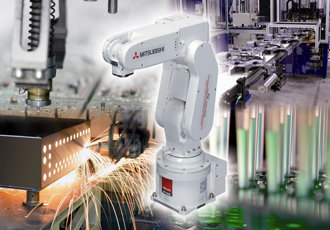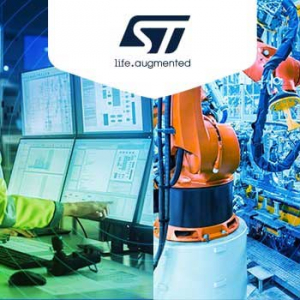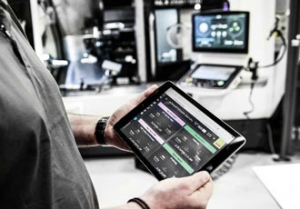Meeting the automation challenges of smart manufacturing

It is worth stating that implementing smart manufacturing is a very worthwhile exercise, successfully applying a level of smart manufacturing will bring greater efficiencies and flexibility to any given production process. It is also a significant step toward ‘futureproofing’ a production enterprise. That 'forward thinking' mind-set is essential when implementing smart manufacturing projects where intelligent machines, systems and networks are capable of independently exchanging and responding to information to manage industrial production processes.
A smart manufacturing project should incorporate a holistic view of the enterprise from customer demand and order processing, control of raw materials and ingredients to flexible and efficient plant production, whilst minimising waste, energy usage and downtime. Achieving this ultimate goal may need a staged approach and will often be achieved by taking small initial steps. Understanding the manufacturing plant’s goals and their current “pinch points” is essential to finding quick wins and building confidence in the smart manufacturing process.
Technology exists today to implement smart manufacturing and it would be perfectly feasible to design new manufacturing plants or production facilities from the start in line with a smart manufacturing concept. However, in many cases the reality is not a new plant but an existing plant that will need to be upgraded to meet the requirements and reap the benefits of implementing smart manufacturing.
'Smart' in its simplest form is about gathering data from the manufacturing process, turning that data into information and then acting on that information. What is needed is 'intelligent data' from the plant in order to make decisions that improve productivity and efficiency while minimising waste, energy usage and downtime. Intelligent data has to come from the 'sharp end' of the process. Current sensor and actuator technology allows these devices to deliver self-determination and advanced error checking, as well as the usual process information for both control, production analysis and preventative maintenance.
Traditionally a production plant may have consisted of “islands of automation” but in order to maximise the data gathering potential, existing or new infrastructures must be utilised to create an architecture for data collection and management. It is possible to overlay a 'data gathering layer' on top of the existing automation control layer to communicate with and extract data from these disparate systems. It is helpful therefore to ensure automation hardware is compatible with a flexible open network strategy that can interface with many different network protocols.
 When plant assets are controlled by automation controllers such as a programmable logic controllers (PLCs) much of the data vital to deliver the smart manufacturing concept often already exists; even if this data is not currently being transferred to the higher level systems. The new data gathering layer can then be used to marshal this vital production and maintenance data and pass it on to higher level systems for analysis and decision making. Productivity and efficiency improvements come from knowing exactly how the plant is performing and delivering intelligent plant data via a reliable infrastructure (coupled with the convergence of business level systems with the production facility).
When plant assets are controlled by automation controllers such as a programmable logic controllers (PLCs) much of the data vital to deliver the smart manufacturing concept often already exists; even if this data is not currently being transferred to the higher level systems. The new data gathering layer can then be used to marshal this vital production and maintenance data and pass it on to higher level systems for analysis and decision making. Productivity and efficiency improvements come from knowing exactly how the plant is performing and delivering intelligent plant data via a reliable infrastructure (coupled with the convergence of business level systems with the production facility).
This data gathering layer is now referred to as the 'edge computing' layer and advancements in technology in this area will provide the facility to perform data analysis and deploy Artificial Intelligence (AI) to rationalise the data being collected from the plant. This will minimise the data that needs to be transferred to the higher level systems which can be a costly exercise to process at that level.
The investment required to deliver a smart manufacturing plant will depend on the current infrastructure and age of the automation equipment but a survey of what is already on plant may lead to some “low hanging fruit” on the road to a smart manufacturing end goal.
Once achieved, smart manufacturing affords many benefits including the flexibility to react to customer demand, maximising plant productivity by efficient scheduling, achieving minimum downtime when changing from one product to another and from preventative maintenance - all of which should lead to greater profitability.
Similar articles
More from Mitsubishi
- Want a robot but don’t know where to start? 11th June 2021
- A pizza challenge for Control Freaks 22nd April 2021
- Competitive factories need to leverage the power of data 15th April 2021
- Combining user-friendliness with high performance 16th March 2021












Write a comment
No comments